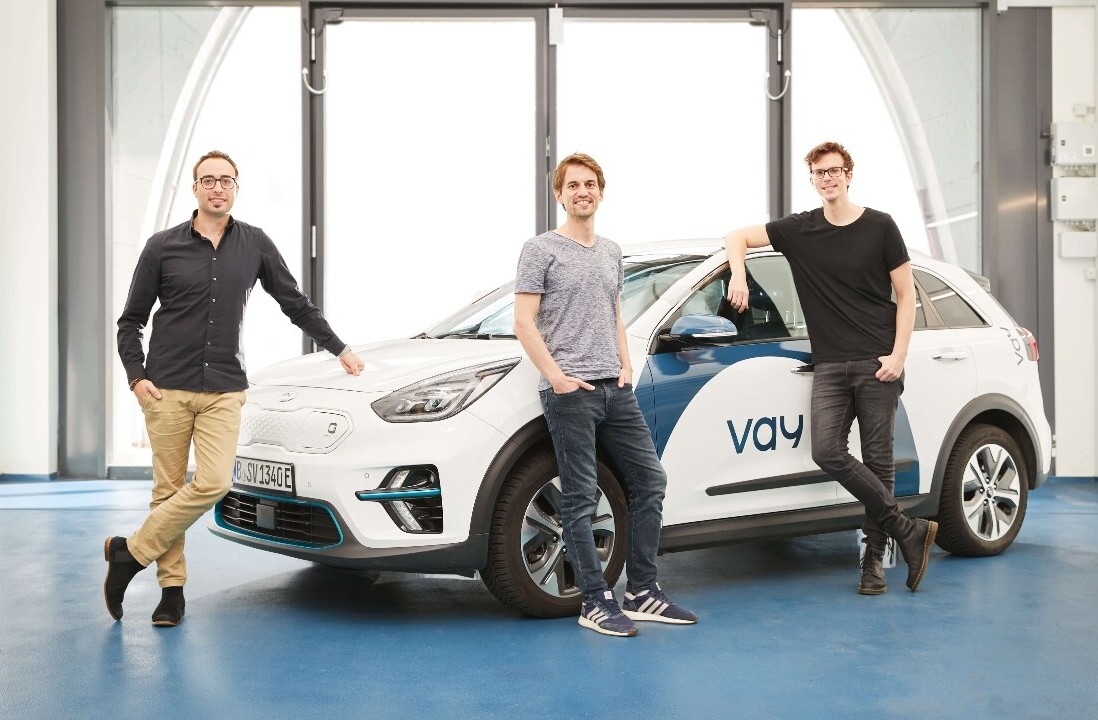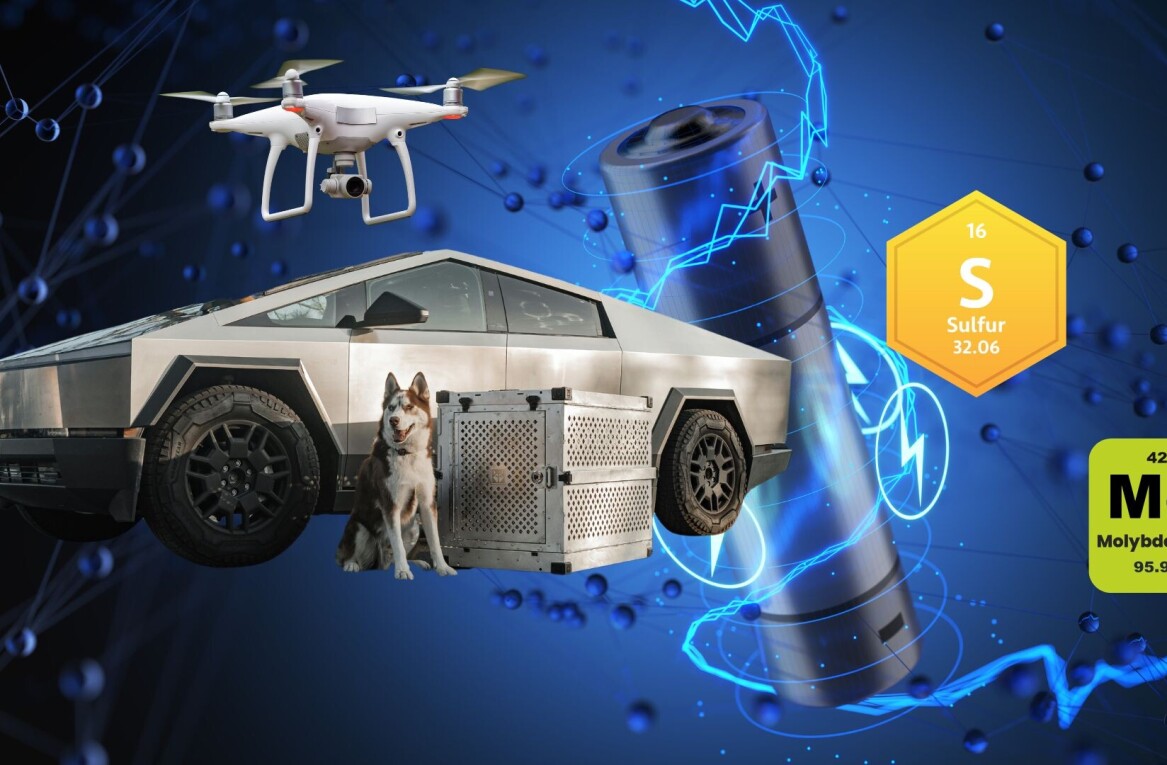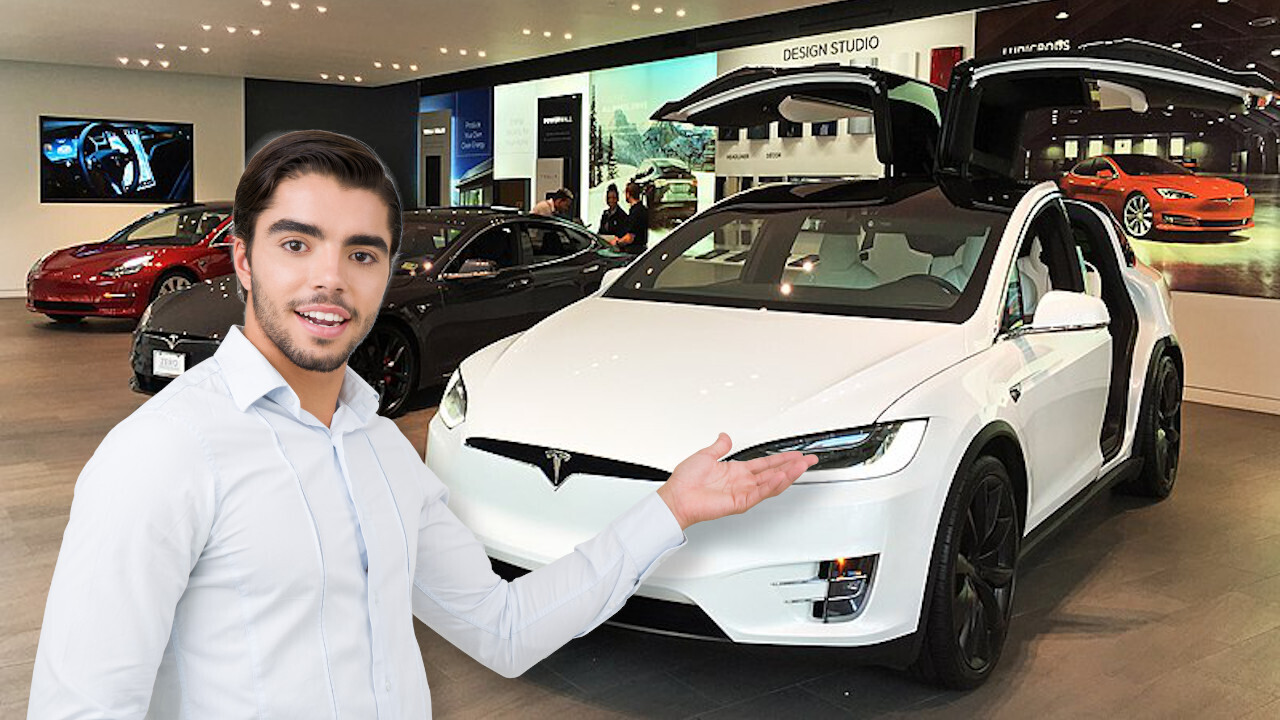
This article was originally published by Steve Schaefer on Clean Fleet Report, a publication that gives its readers the information they need to move to cars and trucks with best fuel economy, including electric cars, fuel cells, plug-in hybrids, hybrids and advanced diesel and gasoline engines.
Harley-Davidson launches stand-alone electric bike brand
Harley-Davidson, the legendary and revered American manufacturer of motorcycles, announced that it is establishing LiveWire as a separate electric motorcycle brand on July 8, 2021, just in time for the first of nine outdoor International Motorcycle Shows.

I’ve always wondered how Harley would market its silent motorcycles. The LiveWire, which actually debuted not long ago as a new Harley-Davidson model, is now neatly separated into a sub-brand. This appeases the purists who can’t imagine a Harley that’s quiet and scent-free while letting H-D move into the electrified future.
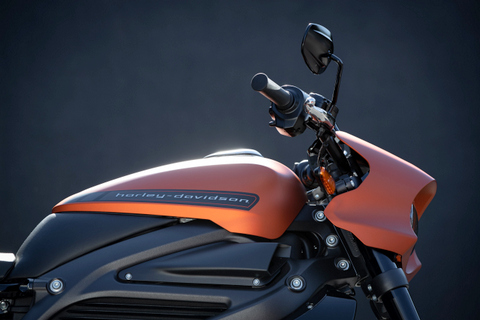
LiveWire motorcycles are not really Harleys, the thought goes, although they will share engineering, production facilities, a supply chain and global logistics. But the battery-powered two-wheelers get separate showrooms, sales methodologies and marketing programs aimed at a different target audience. LiveWire Labs in Silicon Valley will communicate with Harley-Davidson in Milwaukee to “pioneer the future of motorcycling.” Fine with me.
All of this made me think about of the differences in the way companies are introducing EVs into their product portfolios. How can they keep their faithful happy while moving into what is looking like, thanks to the climate crisis, the future of transportation?
Five ways to market EVs
There are five main ways I see (so far), listed below in order, from simple to greater complexity and expense. They could:
- Offer an electric version of an existing vehicle
- Give an electric model a new or additional identity
- Introduce a new electric model
- Create a new electric sub-brand
- Start a new electric car company
Ignoring the briefly popular commercial electrics around at the turn of the last century, EVs have been experimental concepts or limited edition runs until relatively recently. Battery-gasoline hybrids go back more than 20 years to the first Toyota Prius, but real mainstream battery-only electric EVs are only in their second decade.
Without being exhaustive, let’s take a look at some examples. I’m looking primarily at the U.S. market; many other options await in Europe and Asia.
Offer an electric version of an existing model
While some companies attempt to gain traction with new models or change their identities (see below), others simply electrify an existing vehicle. This lower-cost and lower-risk strategy is exemplified by the Volkswagen e-Golf and Fiat 500e. These European designs are perfectly good EVs, although their limited battery range and high price compared to the gasoline versions are major drawbacks.

They also cannot be optimized as an electric because of the homologation process. For instance, the charge port will end up being where the gas fuel filler used to be, whether that makes sense for an electric vehicle or not. However, they make attractive second cars and commuter modules, especially when they’re used.
Give a model a n ew or additional identity
In an odd marketing twist, the new Ford Mustang Mach-E is an all-new all-electric car, but wears a hugely iconic name that is nothing like traditional Mustangs except for its horse badge and vigorous powertrain. It supplements, not replaces, the traditional fossil-fuel car. This marketing choice by Ford is either a very bad idea (brand dilution) or a genius plan to move the pony car into the modern era. I’m hoping for the latter. It’s certainly the opposite of what Harley-Davidson is doing.
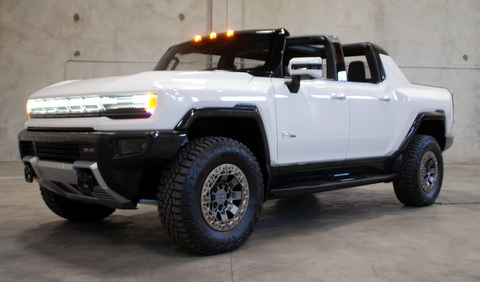
GM is bringing back the Hummer brand as an EV within the GMC brand. This behemoth will be super powerful and long range–and will be expensive too. But it’ll be clean and fun, so this brand pivot makes a lot of sense.
Ford has just announced that its electric F-150 pickup will be called “Lightning,” bringing back a moniker that was applied to high performance F-150 versions in the past, but keeping the electric version within its best-selling brand.
Create a new model
A new model provides a fresh start but as an unknown quantity needs heavy promotion to get traction in the crowded auto market. This carries risks, but separates the EVs from the standard offerings.
The Toyota Prius, a battery-gasoline hybrid, is a very famous and recognizable example of this approach. It debuted in the U.S. as a 1999 model. The car has been rolling along ever since, including a plug-in hybrid Prime model today and variants that were discarded along the way. There is no all-electric or gas-only Prius—that’s not its identity.
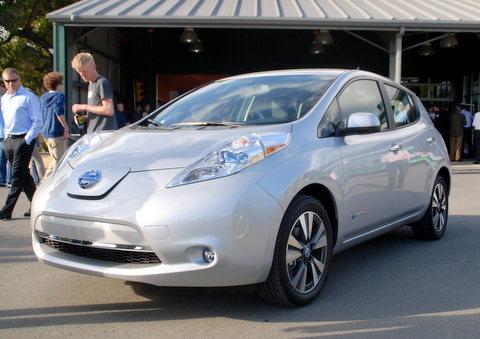
Good examples of all-new electric cars are the Nissan Leaf battery-electric and the Chevrolet Volt plug-in hybrid, which both debuted in 2010 as 2011 models. The pioneering Leaf has served as Nissan’s designated electric model and is now joined by the new Ariya crossover, a larger, more stylish crossover, but similarly a stand-alone new model.
The Chevrolet Volt was a purpose-built plug-in hybrid, with an electric motor driving the car and a small gas engine that charged the small battery when it was depleted. GM, shifting focus to pure EVs, built the last Volt on February 19, 2019.
GM’s signature EV now is the Chevrolet Bolt EV, another new name, which arrived as a 2017 model and promptly won Motor Trend’s Car of the Year award. This summer, it will be joined by the Bolt EUV variant. More EVs are coming from GM next year with the all-new Cadillac Lyric, a flagship crossover, and a second all-new model.
Just in! Subaru, a brand that offers just one electrified version of a current model—the plug-in hybrid Crosstrek, announced a future model—the all-electric Solterra developed with Toyota.
Create a sub-brand
Before EVs and hybrids, Toyota created what’s become a very well-known and important brand—Lexus. They did it because they wanted to sell luxury sedans, and in America, people thought of Toyotas as inexpensive, reliable small cars. Lexus did the trick. Toyota tried this approach at the other end—with small, inexpensive Scion cars, but it was less successful. It also toyed with the idea of presenting Prius as a sub-brand at the point it had four different models, but dropped it.
Another branding exercise is Geo. In 1989, GM was selling small cars with a variety of origins, including the slightly revised Toyota Corollas (branded as the Chevrolet Nova) that were assembled in a joint Toyota-GM plant in Fremont, California (now home to Tesla). Geo renamed the Nova as the Geo Prizm and added other models jointly produced with Isuzu and Suzuki in North America and Japan, but separated them from its “American” cars. The brand lasted eight years, but never really established itself in the market.
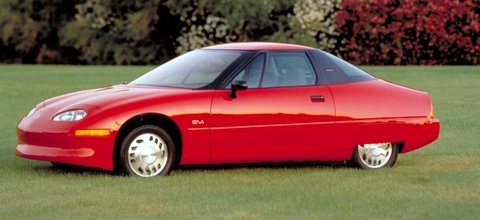
During this same time GM created Saturn, a totally new brand, which arrived in 1990 with its own showrooms, advertising and vehicles. Some people (by design) probably never knew it was a GM brand. Brilliant advertising, ordinary vehicles and lack of corporate support and fresh product killed the brand, but it taught GM a lot. For our discussion, Saturn dealers were the delivery and service point for GM’s aborted first electric car, the EV1.
Perhaps the first electric-only sub-brand was BMW’s i series, which included the i3 hatchback and i8 plug-in hybrid sports coupe. I’ve always believed that BMW did this to separate the odd-looking i3 from its “ultimate driving machines” in the showroom and on the road, but today, finally, there are more all-electric models coming from BMW, including the soon-to-arrive i4, which looks and performs more like a traditional BMW.

Other sub-brands include VW’s ID series. The ID3 is a Golf-sized e-Golf replacement that’s sold in Europe and elsewhere, where the Golf is king. America doesn’t get the ID3, but has just received its first member of the ID sub-brand, the ID4 compact crossover. Next up will be the IDBuzz electric minivan. German companies like sub-brands. Mercedes is starting to roll out its EQ line and Audi already offers is expanding its E-Tron lineup.
Sometimes an EV is introduced as a model but is then converted into a sub-brand. Hyundai brought out the Ioniq hatchback a few years ago in hybrid, plug-in hybrid and full electric versions. This year Hyundai is expanding Ioniq into an electric sub-brand with multiple models. These will still be sold in Hyundai showrooms, but as part of a designated EV family. This is much the same way as they made the Hyundai Genesis into the Genesis brand a few years ago.
Honda has the Clarity models, initially a fuel cell electric that was expanded to include a plug-in hybrid, full-electric as well as the fuel cell electric in its second generation. Then Honda dropped the full-electric Clarity at the end of 2019, so the company’s branding strategy is not clear, but it has announced at least two new electric models (co-produced by GM’s expanded EV operation) will be added in the coming years without indicating if they would join the Clarity brand.
And then there’s Polestar, the electric performance brand established in 2017 by Volvo and its Chinese owner, Geely Holding. Polestar was a performance version of selected Volvo vehicles. By breaking it out now as a standalone brand and selling it online and through exclusive “spaces,” they are promoting exclusivity while creating a high-tech customer experience (like Tesla).
Create a new EV company

Tesla is the poster child for this option, and so far, it’s working. But starting from scratch is very difficult and expensive, and the company, despite dominating the American EV market, is still not really profitable from its auto sales alone. But Tesla is the opposite of Harley-Davidson—there are no fossil-fuel-powered Teslas and have never been any–so there is nothing to split from.
There are other new American EV companies. Rivian will be delivering all-electric pickups and SUVs very soon. Lucid has beautiful, roomy luxury electric cars with long ranges coming in the near future. You can order the compelling Fisker Ocean crossover online now, although delivery isn’t until the end of next year.
And what about Zero, the electric motorcycle company? With no history to hold them back, they began developing battery-powered two-wheelers in 2006 and have never looked back.
Is there a right way?
For many, if not most people, cars and motorcycles are more than appliances for getting from point A to Point B. They’ll never be marketed like refrigerators or water heaters. Each manufacturer has to decide which way works for them. Moving to an all-electric future brings great challenges and equally great opportunities.
With electric Ford Mustangs and GMC Hummers and a bunch of fresh brands we’ve never seen before, we are in an exciting new world of personal transportation. And if it works out right, someday EVs will simply be known as “cars” or “motorcycles.”
Do EVs excite your electrons? Do ebikes get your wheels spinning? Do self-driving cars get you all charged up?
Then you need the weekly SHIFT newsletter in your life. Click here to sign up.
Get the TNW newsletter
Get the most important tech news in your inbox each week.


